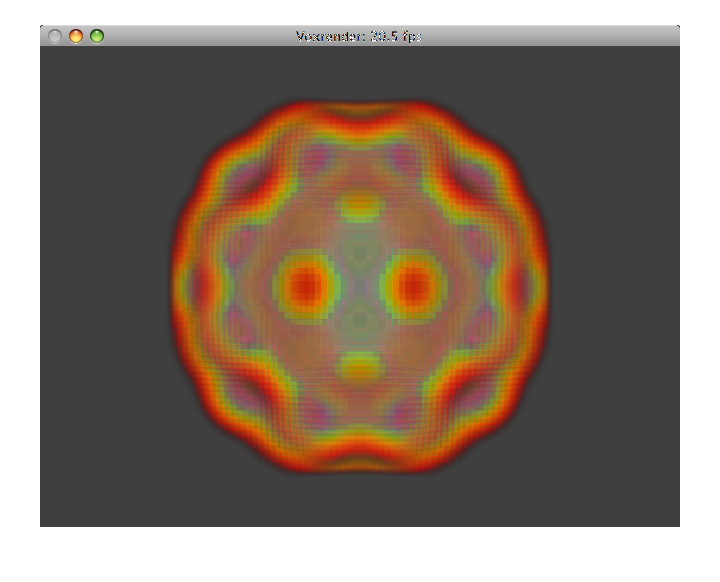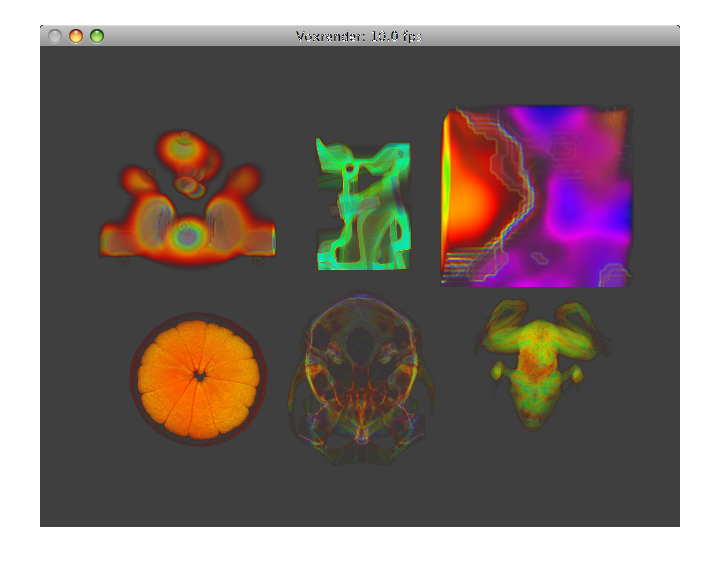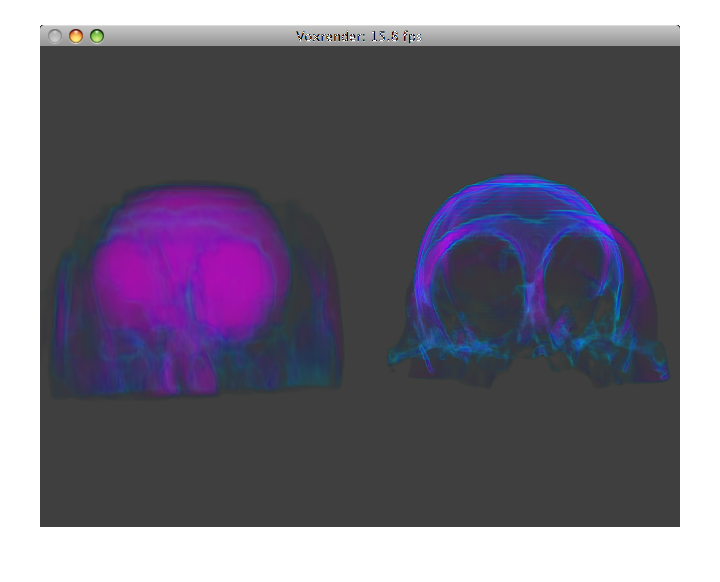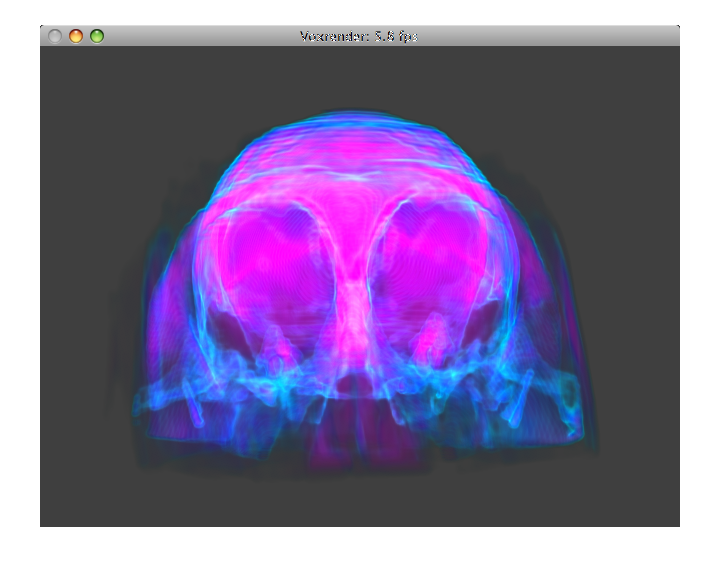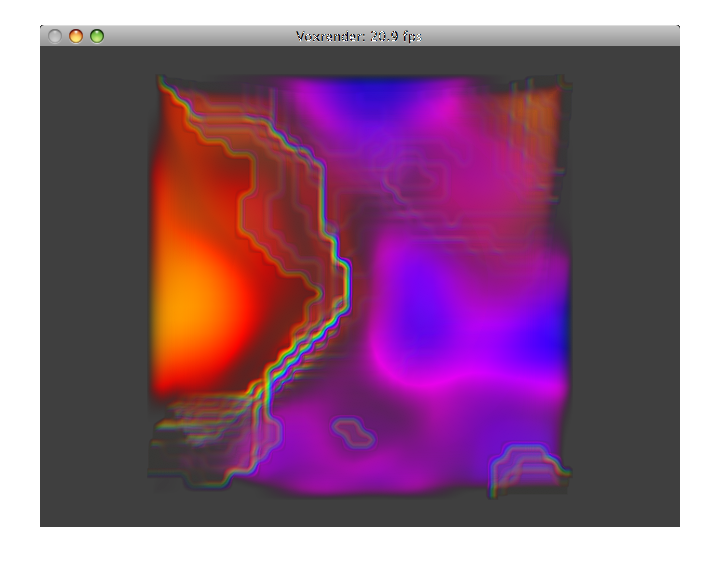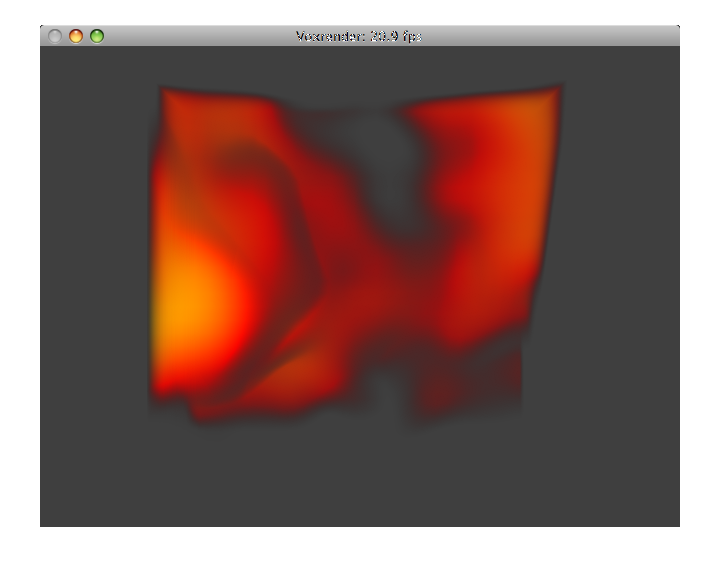Traditional 3D computer graphics focus on rendering the exterior of objects. Volume rendering is a technique used to visualize information corresponding to the interior of an object, commonly used in medical imaging and other fields. Visualization of such data may be accomplished by ray casting; similar to ray tracing. Rendering each pixel can be done in parallel, so massively parallel architectures like GPGPU can dramatically speed up rendering.
This thesis explores volume ray casting performance and visual quality enhancements using the NVIDIA CUDA platform, and demonstrates how high quality volume renderings can be produced with interactive and real time frame rates on modern commodity graphics hardware. A number of techniques are employed in this effort, including early ray termination, super sampling and texture filtering. In a performance comparison of a sequential versus CUDA implementation on high-end hardware, the latter is capable of rendering 60 frames per second with an impressive price-performance ratio heavily favoring GPUs.
A number of unique volume rendering applications are explored including multiple volume rendering capable of arbitrary placement and rigid volume registration, hypertexturing and stereoscopic anaglyphs; each greatly enhanced by the real time interaction of volume data. The techniques and applications discussed in this thesis may prove to be invaluable tools in fields such as medical and molecular imaging, flow and scientific visualization, engineering drawing and many others.
Download:
The images below were gathered using a Macbook Pro with a 9600m GT, and a Desktop PC with a GTX 260 (192 core).
